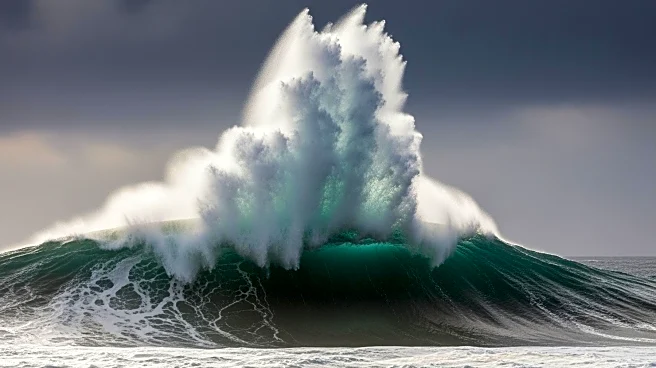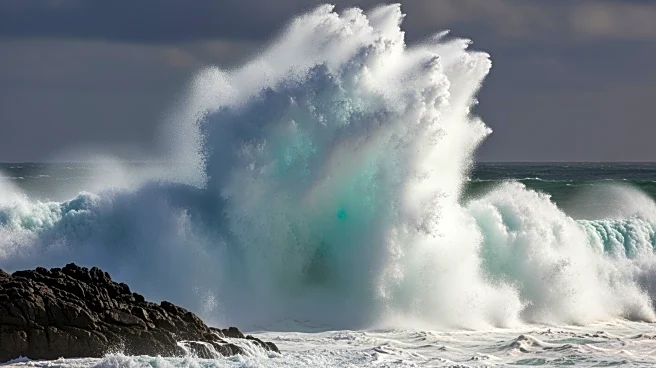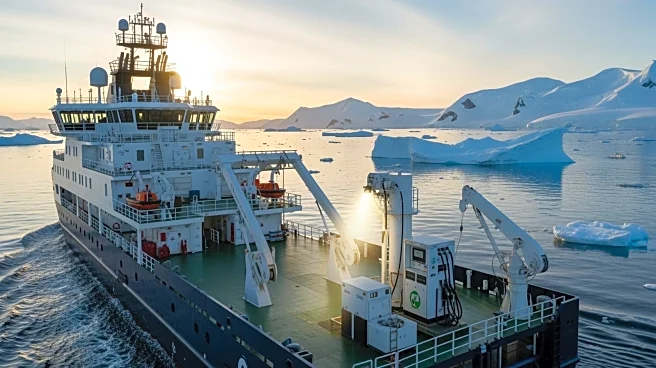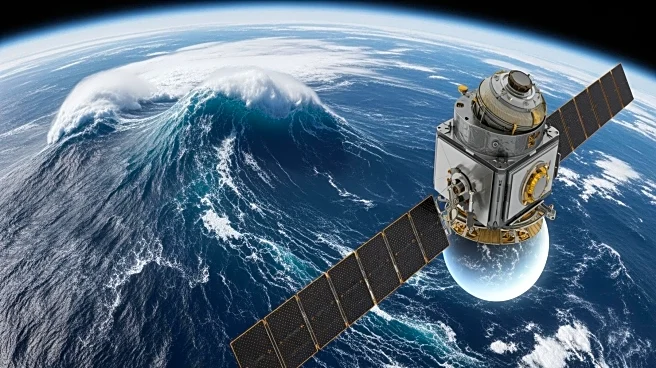What's Happening?
A colossal rogue wave, measuring 17.6 meters, was recorded off the coast of Vancouver Island, Canada. The wave, documented by a MarineLabs buoy near Ucluelet, is considered the most extreme of its kind
relative to the surrounding sea state. Rogue waves are spontaneous ocean waves that appear without warning, often exceeding twice the significant wave height of the surrounding seas. This event has prompted researchers to use coastal buoy networks to monitor wave behavior and identify conditions that precede such extreme occurrences.
Why It's Important?
The occurrence of such a massive rogue wave highlights the unpredictable nature of oceanic conditions and the potential risks to maritime activities. As climate change continues to influence weather patterns, the frequency and intensity of such waves may increase, posing threats to shipping, offshore platforms, and coastal infrastructure. Understanding and predicting rogue waves are crucial for maritime safety and climate resilience. The event underscores the need for advanced monitoring systems and research to mitigate the risks associated with extreme oceanic phenomena.
Beyond the Headlines
The record-setting rogue wave serves as a reminder of nature's unpredictability and the limitations of current forecasting technologies. As the oceans become more energetic due to climate change, the likelihood of encountering such extreme events may rise. This has implications for maritime industries, insurance sectors, and coastal communities. Investing in research and technology to better understand and predict rogue waves is essential for enhancing safety and preparedness in the face of a changing climate.













